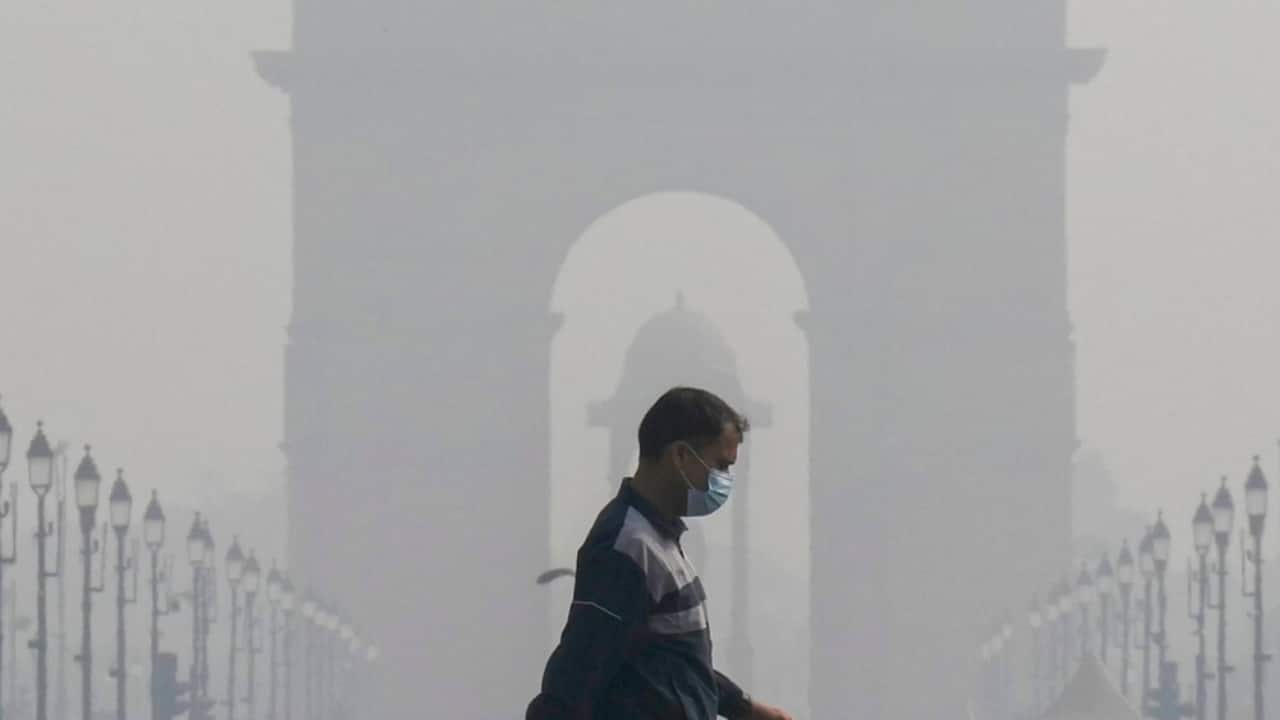 |
|
The alarming deterioration of Delhi's air quality, reaching hazardous levels with an Air Quality Index (AQI) exceeding 700 in some areas, prompted swift action from the Supreme Court of India. The court's urgent intervention underscores the severity of the situation and the inadequacy of existing measures to combat the pollution crisis. The AQI surpassing 700 signifies a level of air pollution considered extremely hazardous to public health, posing significant risks to respiratory and cardiovascular systems. This extreme level necessitates immediate and stringent measures to mitigate the harmful effects on the city's residents.
In response to the critical air quality situation, the Supreme Court directed all states within the National Capital Region (NCR) to form dedicated teams responsible for activating and enforcing the Graded Response Action Plan (GRAP) 4 restrictions. This directive emphasizes the seriousness with which the court views the environmental crisis. GRAP 4 represents the most stringent set of measures under the plan, designed to significantly curb pollution levels during periods of extreme air quality degradation. The court’s insistence on maintaining these restrictions even when the AQI dips below 450 highlights the urgency of the problem and the need for proactive, rather than reactive, measures.
The Supreme Court's hearing revealed significant shortcomings in the implementation of existing pollution control measures. The bench expressed its frustration with both the Commission for Air Quality Management and the Delhi government for their delays and apparent lack of effectiveness in implementing the necessary curbs under GRAP in a timely manner. The judges' sharp criticism reflects the lack of accountability and the failure to adequately address the ongoing environmental crisis. This highlights the importance of stricter enforcement mechanisms and improved inter-agency coordination to ensure effective implementation of environmental regulations.
A particularly striking moment during the hearing occurred when Justice Oka questioned the monitoring of the construction ban, a key measure under GRAP 4. The response from a senior advocate, revealing that construction activities, including stone breaking, were underway just outside the Supreme Court premises, shocked Justice Oka. This blatant disregard for the court's directives and the public's health underscores the challenges in enforcing environmental regulations amidst deeply entrenched practices and vested interests. The judge's immediate reaction, calling for the secretary general's presence, demonstrates the gravity of the situation and the lack of compliance even within the immediate vicinity of the court.
The Delhi government's counsel attempted to assure the court that GRAP 4 measures were being implemented, including the ban on heavy vehicles entering the national capital. However, the visual evidence presented before the court, coupled with the ongoing construction directly outside its premises, cast doubt on the effectiveness of these measures. The discrepancy between official statements and on-the-ground reality underscores the need for robust monitoring and enforcement mechanisms to ensure that pollution control measures are truly effective. This case highlights the challenges of balancing economic development with environmental protection in a rapidly growing metropolis like Delhi.
The incident of construction work continuing outside the Supreme Court building is a powerful illustration of the widespread disregard for environmental regulations and the lack of effective enforcement. It exposes the systemic failures that allow pollution to continue unchecked, despite the existence of regulations and emergency measures. This failure extends beyond the immediate vicinity of the court, reflecting the larger problem of non-compliance across the city. The incident serves as a stark reminder of the complex interplay between legal frameworks, enforcement capacity, and public awareness in addressing environmental challenges.
The implementation of GRAP, first introduced in 2017, has been subject to criticism for its inconsistent enforcement and its failure to sufficiently address the recurrent air pollution crises that plague Delhi. The current situation, with the AQI reaching hazardous levels, reveals the limitations of the existing framework and the urgent need for more comprehensive and effective strategies. This necessitates a multi-pronged approach, encompassing stricter regulations, robust enforcement, increased public awareness, and a focus on cleaner energy sources and sustainable urban planning.
The Supreme Court’s intervention highlights the need for a coordinated and comprehensive approach to air pollution control. It underscores the importance of inter-agency collaboration, strengthened enforcement mechanisms, and public awareness campaigns to ensure effective implementation of environmental laws. The incident of ongoing construction outside the court serves as a potent symbol of the broader systemic failures that contribute to Delhi's chronic air pollution problem. Moving forward, addressing these failures requires a fundamental shift in approach, focusing on long-term sustainable solutions rather than merely reactive measures.
The ongoing air pollution crisis in Delhi necessitates a paradigm shift in addressing this critical public health issue. The incident at the Supreme Court serves as a stark wake-up call, highlighting the need for a more robust and effective implementation of existing regulations, as well as a more comprehensive strategy focused on long-term sustainable solutions. This includes investing in cleaner energy sources, improving public transportation, promoting green spaces, and raising public awareness about the health impacts of air pollution. The case underscores the urgent need for a decisive and sustained effort to tackle this environmental emergency.
Source: Supreme Court judge 'shocked' at lawyer's response on construction ban amid worsening AQI
